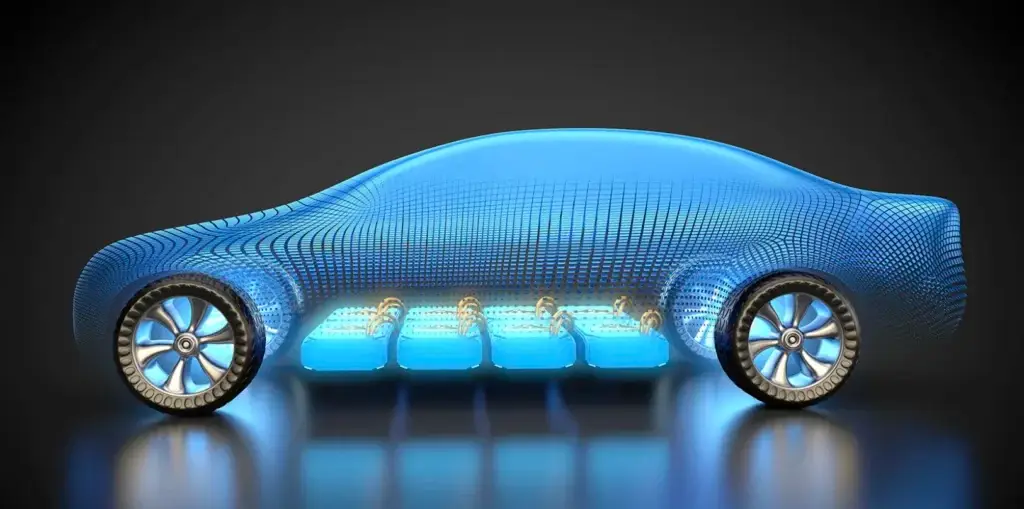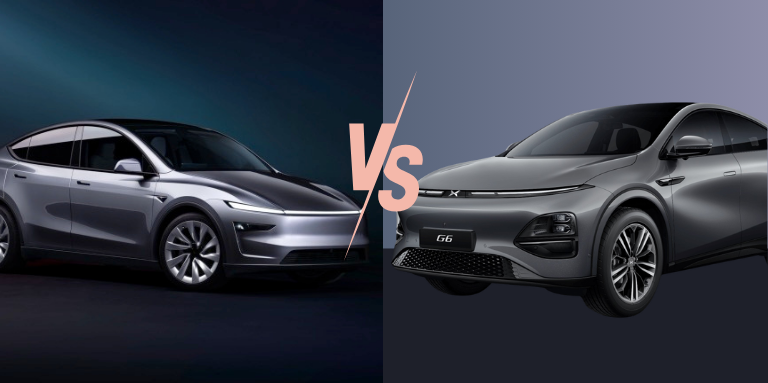What is an electric car battery?
The essentials
- The battery is the heart of the electric car.
- There are different types of battery that can make an electric car functional.
- Battery capacity is expressed in kilowatt-hours (kWh).
- Lithium-ion batteries batteries are currently the most popular and efficient.
- The higher the battery capacity, the more kilometers your electric car will cover.
Battery cycle and service life
The battery life is assessed on the basis of the charge and discharge cycles it undergoes, starting from its initialautonomy capacity. A cycle corresponds to its charge from 0 to 100%. If the battery is only 50% charged, then only half a cycle is reached, not a full cycle. On average, we estimate 1,000 to 2,000 cycles before the battery begins to deteriorate. That's from 200,000 km to 500,000 km travelled, which can extend its life by 10 to 15 years if the vehicle is driven 20,000 km a year.
This information on battery capacity and the number of cycles reached at any given time is shown on the electric car's dashboard.
This lifespan is specific to each vehicle: the rate at which the battery ages will vary according to your driving style and other external conditions. and other external conditions. The lifespan of an electric battery can therefore range from 8 years for most models, to 10 to 15 years for more specific, powerful or better-maintained models, but also to less than 5 years if driving and conditions go beyond what the battery can withstand.
Electric car batteries on the market
Lead batteries
Lead batteries, one of the oldest on this list. These are batteries with high propulsion power. They are mainly used in electric cars, which require considerable power. Lead batteries do, however, have a number of disadvantages. Too bulky, heavy and unable to withstand deep discharges, they are gradually being banned from the market, as they no longer really meet the needs of modern electric vehicles. What's more, they wear out fairly quickly, after 20,000 to 40,000 km. They could be found on the Citroën AX and Peugeot 106 models.
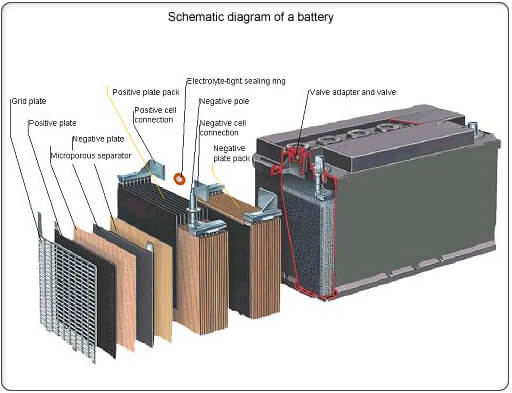
Nickel cadmium batteries
In accordance with European directive 2002/95/EC these batteries are no longer on the market. Because they contain substances classified as hazardous, their use has been limited, despite their great autonomy, undeniable reliability and the advantage of being rapidly charged. However, unlike lithium batteries, they could be stored for a very long time, without their energy capacity diminishing. With a range of 70 to 90 km, they were mainly found in PSA electric cars (Citroën AX, Saxo and Berlingo, Peugeot 106 and Partner), especially during the 1995 to 2005 generation.
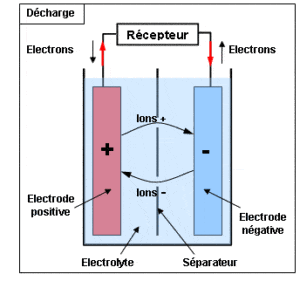
Sodium-nickel chloride batteries
Introduced to the market in 1990, these electric car batteries were found in the most modest car models and manufactured as an alternative to NICD technology. NICD is a rechargeable electric battery with nickel-cadmium hydroxide electrodes. It is available at low prices and, when combined with the battery, still offers long autonomy. These batteries could not exceed a certain degree of overheating, between 270° and 350°, after which they lost capacity and could not be used for days.
- Charge-discharge efficiency: 70 to 90%.
- Number of charge cycles: 1500 cycles
- Nominal voltage per element: 1.2 V
- Service life: 24 to 36 months
- Self-discharge: 10% to 20%/month
- Energy/weight: 40 to 60 Wh/kg
- Energy/Volume: 50 to 150 Wh/ℓ
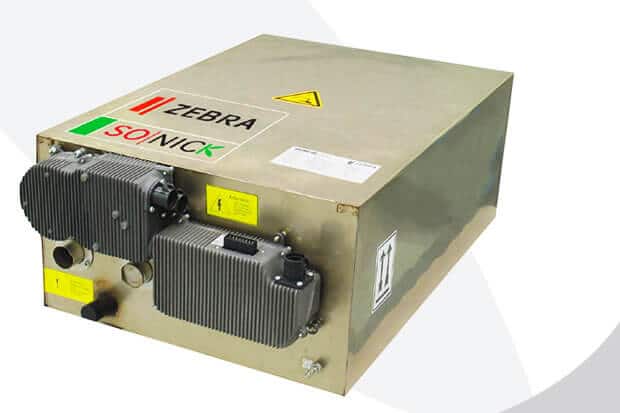
Lithium-metal polymer batteries
LMP batteries are one of the technologies currently being widely used for electric car mobility. Their success is justified by their high level of safety in use, as well as their longer service life than lithium-ion batteries. Reserves of this substance are partly exploited in Latin America and China. With their great strengths, these batteries are up to the challenge of the future, but with their weakness in the event of overheating, they can deteriorate if not used with care. A wintering mode is also available, and the vehicle will be just as functional even after a long period of inactivity.
Lithium ion batteries
Now it's time for lithium-ion batteriesbatteries, a type of electric battery even more present on the market than lithium-metal polymer batteries. This battery offers a number of advantages: firstly, high voltage, but above all, a very balanced ratio between energy density, weight and price. Ranked among the first on the market, Lithium ion batteries can be found in most of today's models, such as the Nissan Leaf, the Renault Zoe E-Tech, the Tesla Model S and Tesla Model X, and the Smart EQ ForTwo Coupé.
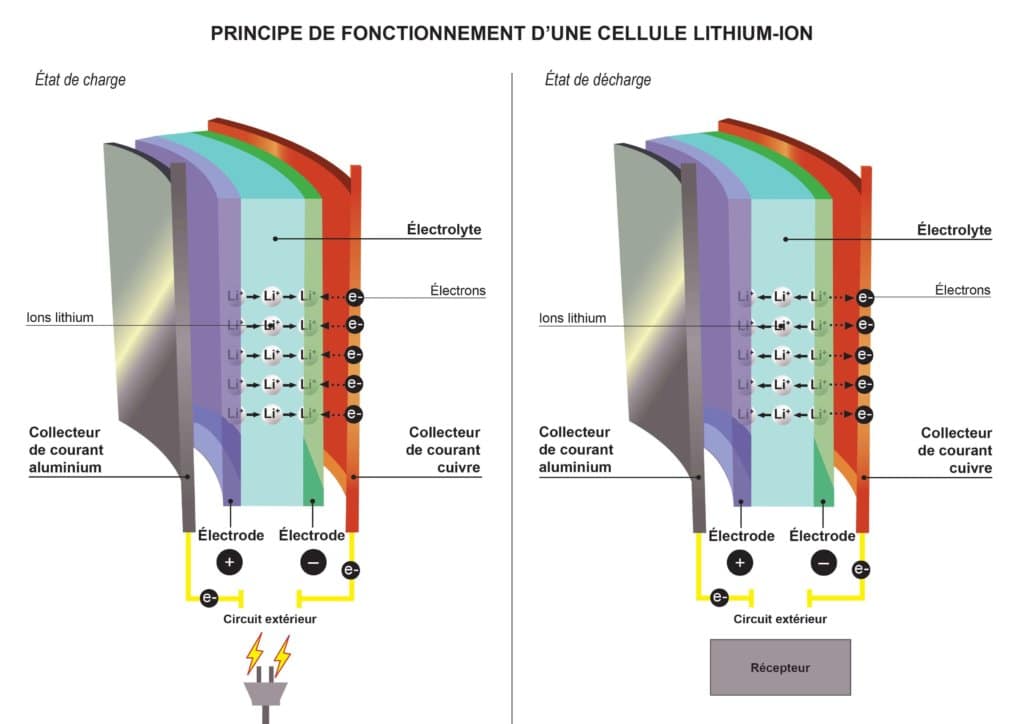
The price of an electric car battery
What criteria determine the price of a battery?
Replacing the battery in an electric car can be a very costly operation.
Its price depends mainly on its energy capacity in kilowatt-hours, which determines its range. The greater a car's range, the higher the cost of changing the battery. In 2015, the purchase price of the battery was even higher than the production cost of the car.
Despite this, the market means that these prices will fall considerably, firstly thanks to the drop in costs applied per Kilowatt (kW), which fell between 2010 and 2018 from 1,037 euros to 160 euros, and will continue to do so, estimated at 90 euros in 2024. Secondly, thanks to the cost of lithium, which is produced in large quantities and has seen a significant drop in price.
To find out more, I invite you to consult this study on the specificity and price comparison between lithium-ion batteries and older lead-acid batteries.
How much does an electric car battery cost?
As you know, the price of an electric car battery depends largely on its power.
According to some manufacturers' offers, if the price of the battery exceeds the initial cost you had planned to invest, you have the option of leasing it. With Renault for example, the full purchase of a battery can cost you up to €32,000, while leasing would be €8,000 cheaper.
Then, as for the price of a battery for a Nissan electricreplacement can cost around €11,000. If we take the price of a battery for a Citroënthe minimum price is €13,000. Tesla, meanwhile, has been working on reducing the price of its electric cars since 2020. Today, the battery price of a Tesla can cost you less than €10,000.
It's an expense to be reckoned with!
However, some dealers offer warranties of up to 7 years. These warranties can be effective in the event of premature battery wear, especially as this is a very rare occurrence.
Replacing an electric car battery
When to replace an electric car battery?
Battery capacity varies according to the manufacturer and the power they have chosen to integrate into the vehicle. The range offered by Nissan and Tesla, for example, is 80%. Over the course of multiple recharges, the battery will lose its capacity, falling to less than 75%. This degradation process does not take place in the same way, and the loss of energy is not instantaneous.
However, Renault, BMW and Nissan have understood the importance of this performance and have signed a contract to replace the batteries in their electric vehicles when the battery capacity is reduced to a specified percentage. This is usually between 60 and 70%.
How do I replace an electric car battery?
If you've noticed a real reduction in the power of your electric car, you should visit your nearest authorized car dealer.
Let's move on to the diagnostic stage: replacing your car's battery isn't a straightforward process. The dealer will first analyze the condition of your battery. If its condition meets the strict conditions for battery replacement, the dealer will call in a technician to dismantle the old battery and re-install the new one. This will take between 1 and 5 hours. However, if the battery is not sufficiently worn, i.e. its recharging capacity is not less than 70%, then the dealer may refuse to replace your battery.
Manufacturers' warranties
The very high cost of batteries can sometimes be a real obstacle to the purchase of an electric car, or to the purchase of a new battery for your car. That's why some brands have introduced warranty offers to minimize the cost of electric battery maintenance.
The most important step is to get the facts! In some cases, buying a new battery may be ineffective, as it can be replaced by a battery that's more in keeping with the vehicle's age and mileage.
To avoid spending a fortune on a new battery, it's a good idea to schedule a battery inspection before the warranty expires. This will enable you to change or repair your electric car's battery at no extra cost.
Here are the warranties that manufacturers offer:
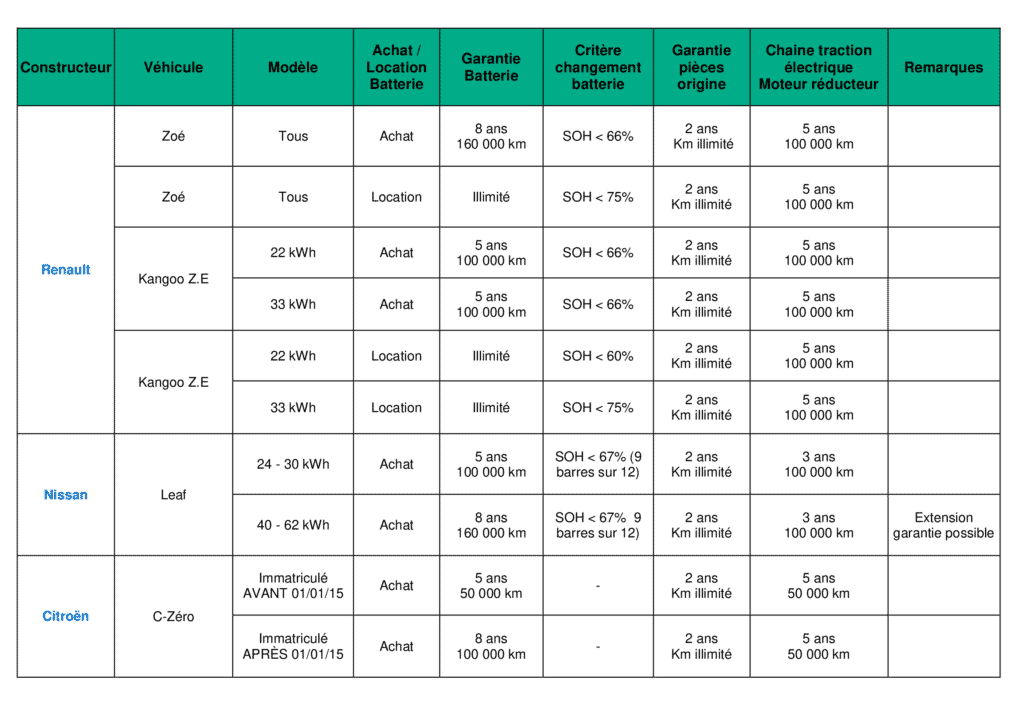

When and why should you have your vehicle inspected?
- Before buying or selling a used car,
- Before the warranty expires,
- Before embarking on a long journey,
- To prevent breakdowns due to mechanical defects,
- After a repair, if you have any doubts about the quality of the work carried out.
That's it! You now know how and when to replace the battery in your electric car.
